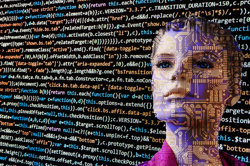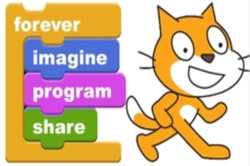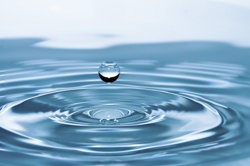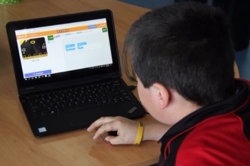Algorithms: Ngarrindjeri weaving
In this lesson, students will practise breaking down a process into smaller parts or steps as an introduction to computational thinking. They will practise following and giving accurate instructions, identifying errors, and iterating their instructions to improve clarity of information.
Additional details
| Year band(s) | 3-4 |
|---|---|
| Content type | Lesson ideas |
| Format | Web page |
| Core and overarching concepts | Algorithms |
| Australian Curriculum Digital Technologies code(s) |
AC9TDI4P02
Follow and describe algorithms involving sequencing, comparison operators (branching) and iteration
AC9TDI4P03
Generate, communicate and compare designs |
| Keywords | branching, decisions, sequences, Tania Taylor |
| Integrated, cross-curriculum, special needs | Aboriginal and Torres Strait Islander Histories and Cultures |
| Organisation | ESA |
| Copyright | These resources may be used under a Creative Commons Attribution-Non Commercial-No Derivatives (CC BY-NC-ND 4.0) licence. These resources were created by Tania Taylor and Kim Martin. |
Related resources
-

Visual programming with Scratch (Years 3-6)
This resource comprises a collection of sample activities that incorporate visual programming (Scratch) into teaching and learning programs.
-

Robots, data and computational thinking (Years 2-4)
This classroom resource comprises four worksheets to accompany a lesson on data and computational thinking. These materials are designed for teachers to use simple line-following robots (Ozobots) to engage students in the computational thinking process and working with data.
-

Computing at School: Resources
Browse the curriculum resources which are tried and classroom tested resources submitted by primary teachers to support Computing for early to middle primary school. Requires free registration.
-

Classroom ideas: Choose your own adventure (Years 3-6)
In Digital Technologies, students from Year 3 onwards should be planning and implementing projects that include branching (decision-making). Creating a ‘choose your own adventure’ story is an excellent way for students to design and implement a project that makes use of branching.
-

Introduction to Micro:bit Project Collection
A collection of projects that can be used as an introduction to using micro:bits.
-

Bee Bot Balloon Pop
During this lesson, students will be required to consider the functions of the Bee-Bot and how a user can interact with this device.
-

Water Water everywhere!
In this lesson, students are presented with the challenging problem of measuring a volume of water using containers that are not the exact measurement size.
-

Automated soil moisture sensor
The soil moisture sensor project integrates science understandings and computational thinking to solve a problem about sustainable watering practices.
